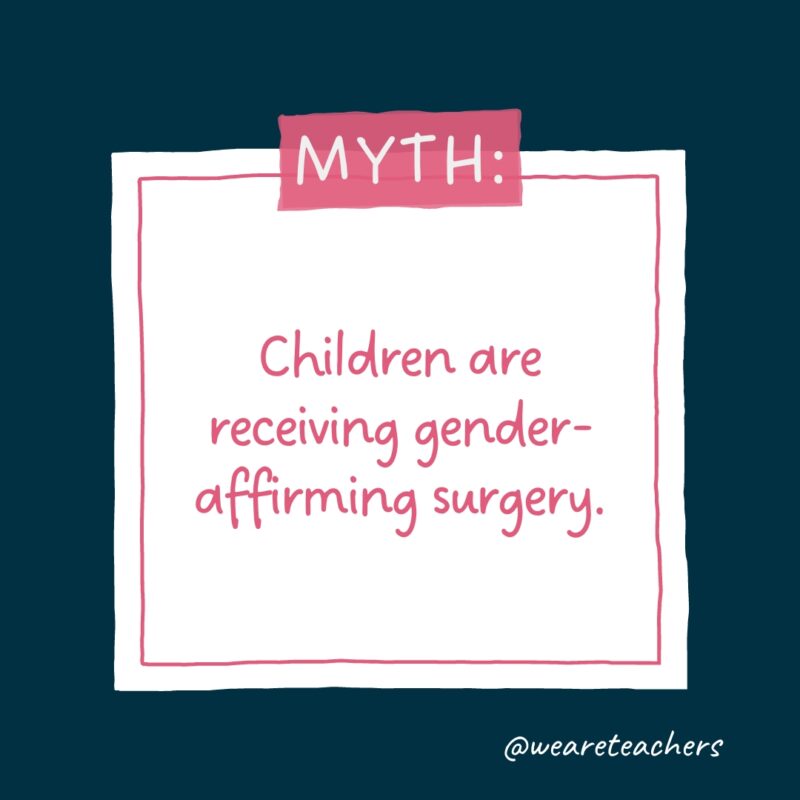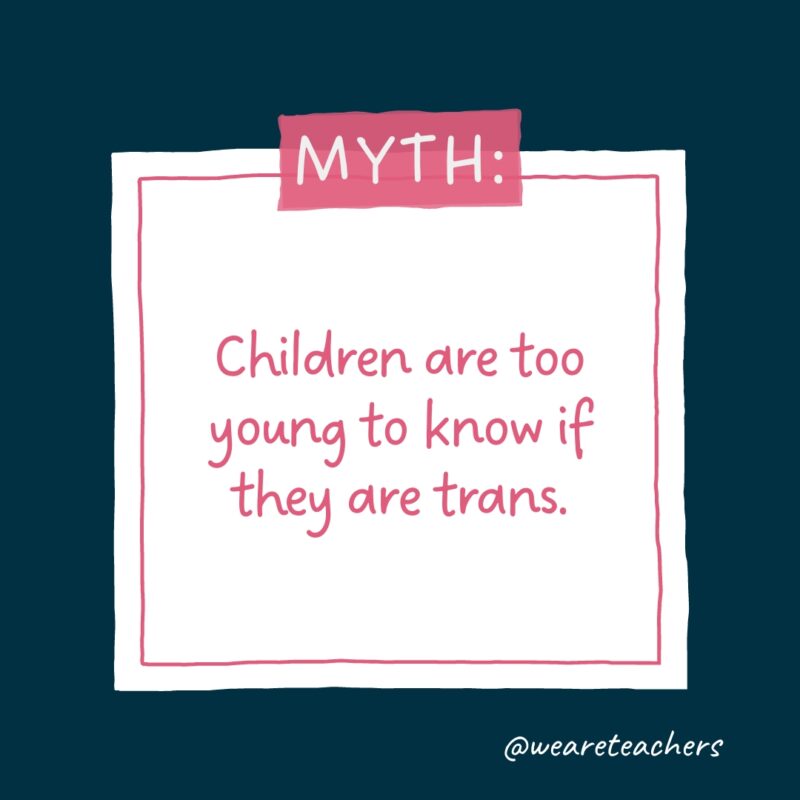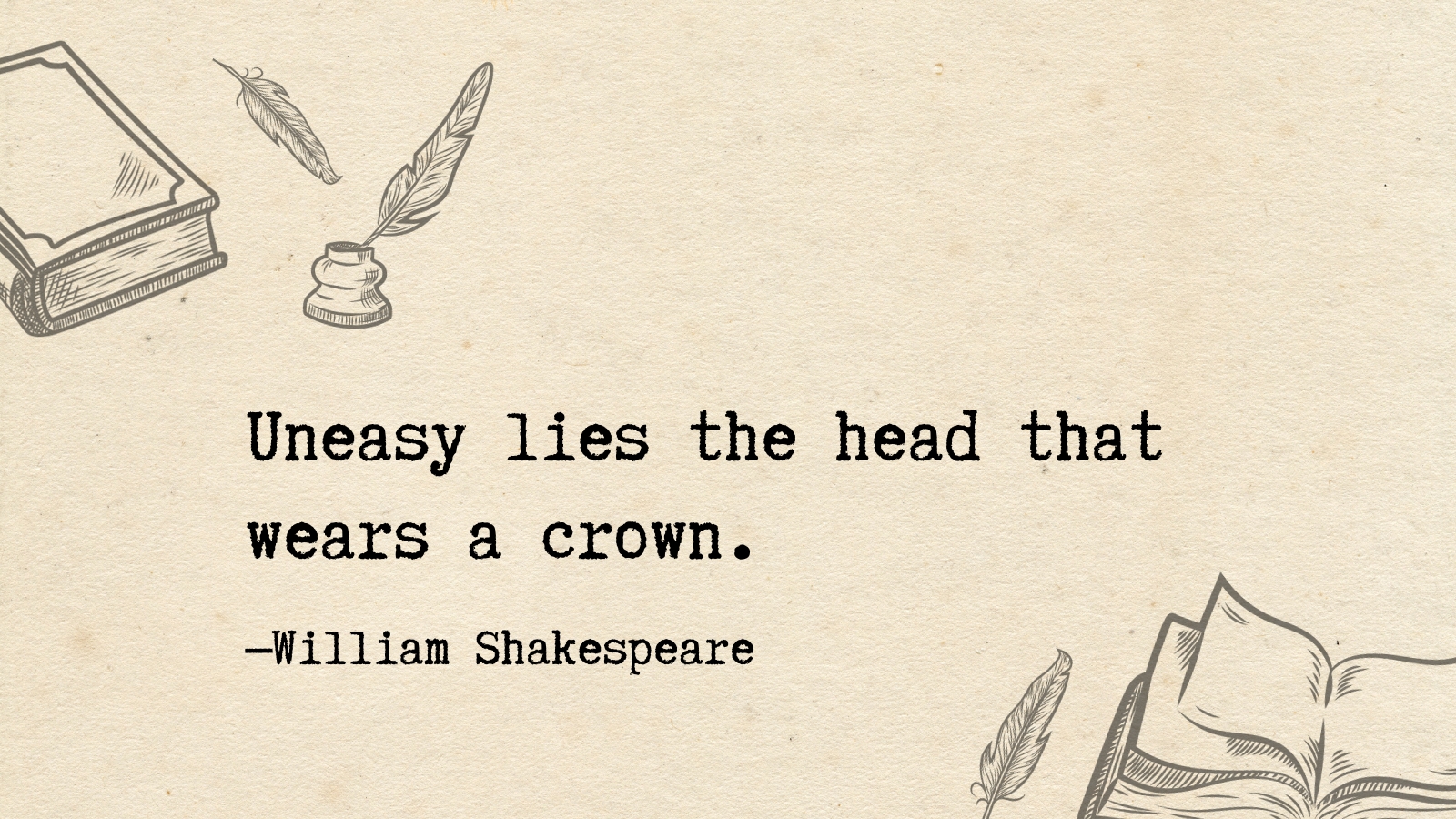The increase of anti-transgender legislation over the last five years has been drastic. It has changed how transgender people have had to navigate the world and exist, especially trans youth. We’ve seen an increase in violence toward trans people, with 320 trans people killed in 2023 worldwide. In our schools, we have seen an uptick in hateful rhetoric, bullying, and laws that refuse to recognize our trans students as fully human.
As a trans educator, I’ve experienced this uptick in hate firsthand. From being targeted by transphobic news outlets to calls to my school saying I’m “teaching sex to children” to constant misgendering, being trans and an educator has been exhausting and draining. We can only imagine what our trans students are feeling right now.
What can we as educators do? What does it mean to be an ally to transgender people, especially our trans students? Here are some tips to understand, do better, and grow from allies to advocates for the trans people in our communities.
Tip #1: More Than Pronouns
The easiest and one of the most affirming ways to be an ally is to respect pronouns. According to the Trevor Project’s most recent survey, trans and nonbinary youth had a lower rate of attempting suicide when their pronouns were respected. They felt affirmed and “seen” in their school spaces.
Pronouns are not a fad or TikTok trend. Pronouns beyond the binary have existed for hundreds of years across multiple cultures and languages. In English, the singular “they” has existed longer than the singular “you.” Along with the singular “they,” there are many other pronouns that nonbinary, gender nonconforming, gender-fluid, and transgender people are leaning into. This isn’t wrong but instead gives humanity a way to expand how we talk about and define ourselves. Some people may choose to use multiple pronouns too. I explain to my students gender identity has to do with what people feel on the inside, and pronouns help express that part of themselves.
Before we go into steps to take, we want to acknowledge the difficulty in some states to take these steps, especially in places like Texas, Florida, and Tennessee currently. With each step, take what you can and leave what you cannot currently apply in your classroom setting or space.
Steps to take:
- Normalizing by saying what your pronouns are when you introduce yourself. We all use pronouns! Don’t put the burden on your trans learners or staff to do the labor. Begin your school year with pronoun introductions. Begin the first staff meetings with introducing pronouns.
- Correct people when they use the wrong pronouns for someone even when that person isn’t in the room. Normalize fixing mistakes with one another and learning.
- Talk about it in classrooms, read picture books that normalize all types of pronouns, and engage in lessons that support students in understanding how to respect and show empathy to all.
- For educators in places that have laws that hinder seeing our students’ full humanity, look to joining and supporting activist organizations in your area. Work to call out any homophobia or name calling in the classrooms or halls. In all this, find like-minded advocates and educators to work with. Remember, you are not alone and have educators across the nation fighting to push back on the laws not only stripping trans people of their rights but educators of their rights to teach.
Tip #2: Don’t Believe the Myths
Unfortunately, due to the barrage of anti-trans legislation and defamatory attacks against transgender people as a whole, there is a lot of misunderstanding and incorrect beliefs about being trans and gender identity. As an ally, do your own learning and research and understand that this misinformation is not new. Misunderstandings and assumptions are used to dehumanize transgender people and make it easier for people to question our existence. We won’t dive into every myth but we will focus on the two most prominent ones briefly.

No, they are not. Gender-affirming care has multiple aspects to it. One of the biggest aspects is “social transitioning.” This is where a person transitions by wearing the clothes they want, changing their name and pronoun, and anything else to help them feel more affirmed in social settings. Gender-affirming surgery does not happen until adulthood in most cases. Any surgery done in teenage years has a multistep process to it. Push back on this myth and continue learning about gender-affirming care.

This myth is also incorrect. So many of us knew at a young age that we were not the gender others were telling us we were. We know ourselves and know who we are, but instead of believing us, we are told it is a phase or are questioned or taught to ignore the truth of ourselves. Research has shown kids understand and know gender as young as 2 years old and can define who they are as young as 3. However, we tend to ignore it or not listen. Check out this amazing article and this research to understand and learn. Push back on this myth when you hear it!
Tip #3: Speak Up, Speak Out
One of the biggest drives for the misinformation, transphobia, and the consistent dehumanizing of trans people is a lack of our allies actually speaking up. Much of the labor to educate has been placed on transgender people to speak up for themselves while also working and living in a society that is actively attempting to erase them.
We need cisgender people to speak up and not be afraid to. Currently, trans people have more to risk and lose when they are forced to speak up for themselves or call out the injustices they are facing. We still do it, but it is taxing to constantly correct, advocate, and push back. If more of our allies spoke up, pushed back, emailed legislators, showed up at school board meetings, and encouraged inclusive lessons, the work for our rights wouldn’t feel so daunting. Speak up, speak out! Here are some ideas:
Tip #4: Representation for All
Representation is essential for all our learners, from pre-K through high school. When students see themselves, they know they can exist and be seen. When they see representation outside of themselves, they grow and learn and develop empathy for others in our world.
For trans students, this representation is vital to their belief that they can exist, especially as so many people and laws are telling them they can’t and shouldn’t exist. From our lessons to our books in our classrooms to our language, we can work to be more inclusive of people with trans experience.

Before going into places to start, I want to reiterate that if you are in a state that is taking away trans students’ rights along with educator rights, work to find groups to work with outside of the school system. Find like-minded educators or educator rights activist groups that you can work with. It is exhausting. Remember not to go at it alone and that you are not alone.
Here are some places to start for curriculum, books, and more:
The first step to being an ally is to take action. Trans people and learners need allies to not just say they support them but to do it with action. From inclusion in resources to speaking up, all educators can work to create safe spaces for our trans learners as their identities continue to be a target.




